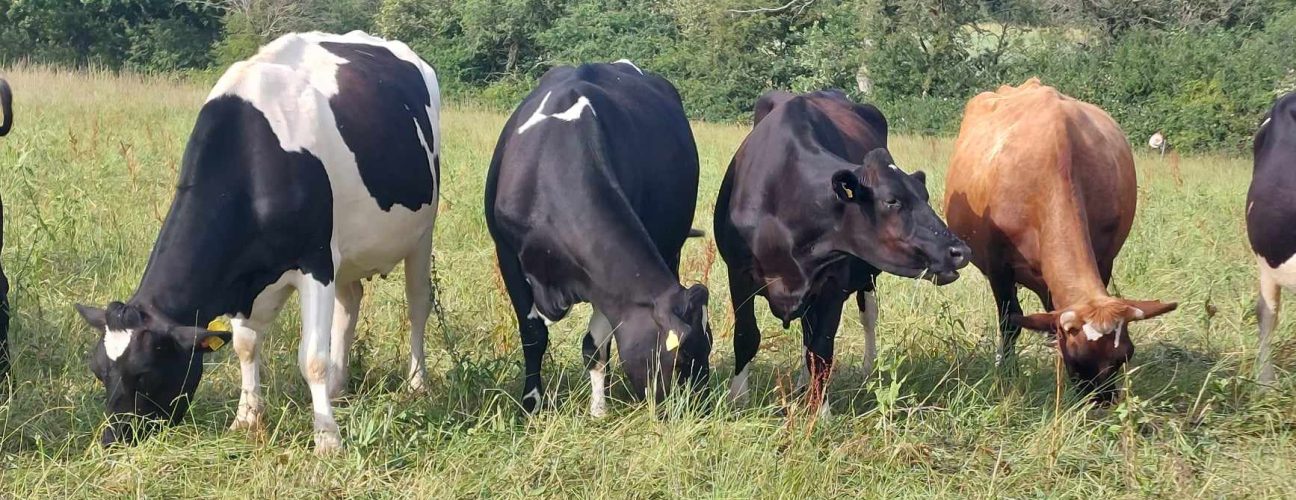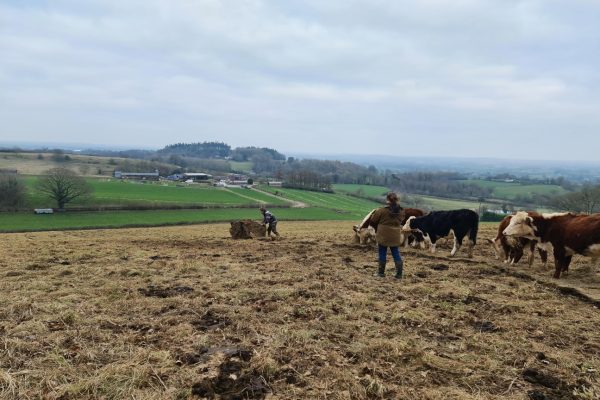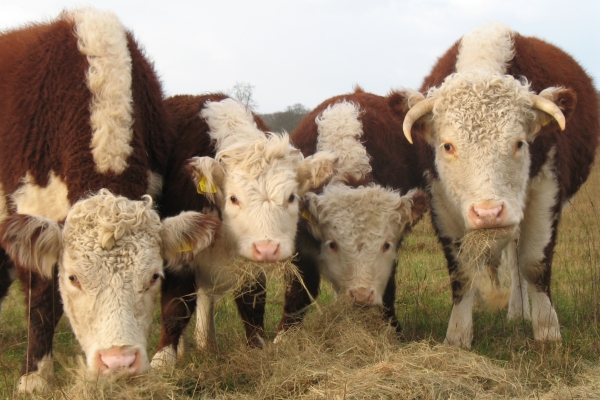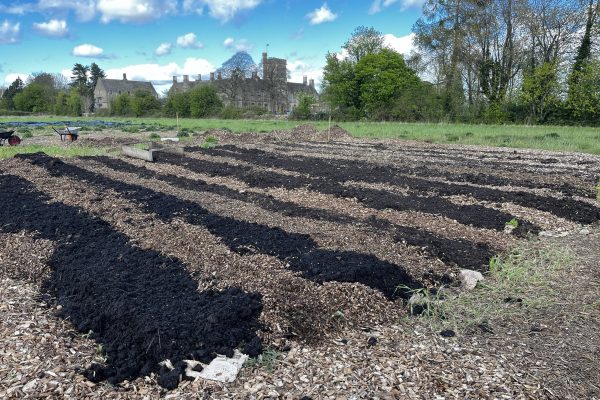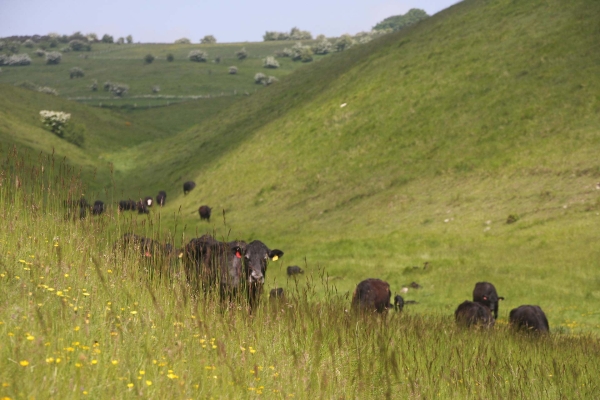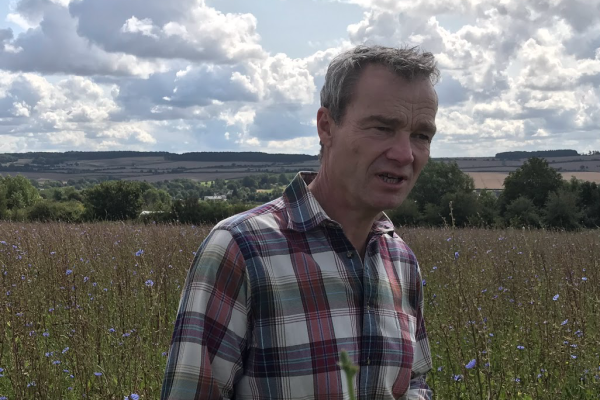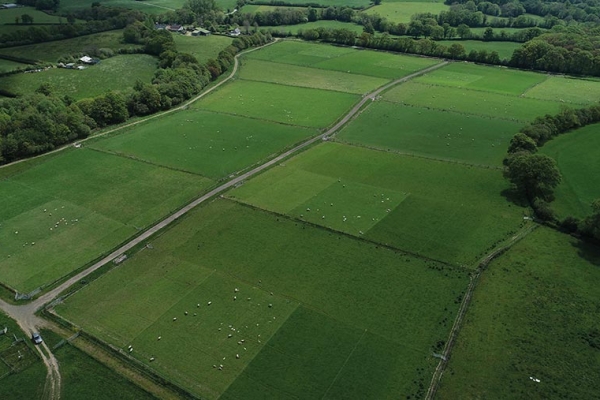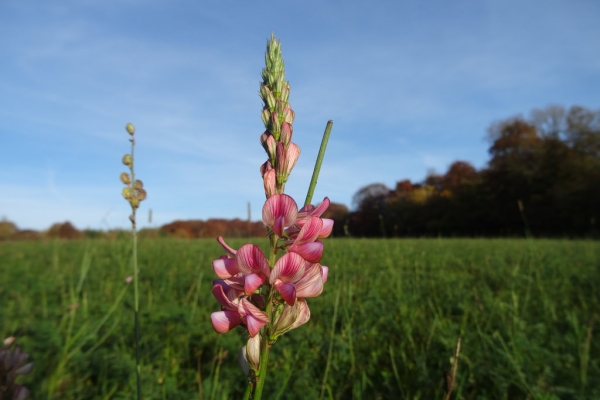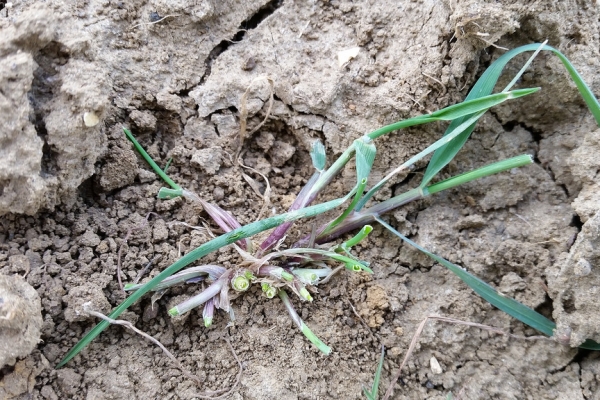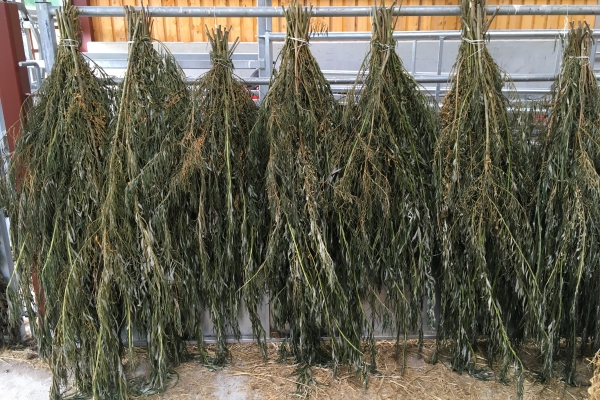Everything You Need To Know About Mob Grazing…
Resource explained
This is a collection of 68 videos produced by the Soil Association resulting from a Soil Association Scotland mob grazing field lab which morphed into a mob grazing Operational Group. Mob grazing is a planned grazing system that seeks to work with nature and improve farm profitability at the same time. Animals are moved frequently, usually every 1-3 days. Pasture is then given a long rest period, which varies depending on the time of year and grass growth rate. The first 60 videos are short clips of 1-3 minutes duration featuring 9 Scottish farms (Barnside Farm, Howemill, Durie Farm, Balsar Glen, Achpopuli Farm, Sailean Project, Balbirnie Home Farm, Easter Denoon Farm and Lynbreck Croft) explaining how and why mob grazing works for them and the practicalities, challenges and benefits of its implementation. Themes include the logistics of moving the animals and setting up paddocks, water management, holistic management, bale grazing, over-wintering cattle outside, pasture cropping, tree hay, pigs in woodland and sheep and ducks. The series is followed by a Q&A webinar with the farmers and webinars with experts on various aspects of mob grazing.
Findings & recommendations
- Cattle adapt to a routine of moving paddocks and the calves get well trained by their mothers.
- Spend time with your cattle, observing them while moving them helps monitor their health.
- Building in rest periods is key to recovery from the impact of cattle, but don’t get too concerned about movements and length of grazing time – be flexible.
- Portable water troughs minimise tracks and poaching. Placing troughs in the middle of a square paddock reduces poaching.
- Diesel use is cut by not housing cattle in winter.
- There are many potential health benefits to livestock from mob grazing, and, critically, improved soil health and water retention/repaired water cycles and biodiversity improvements.
